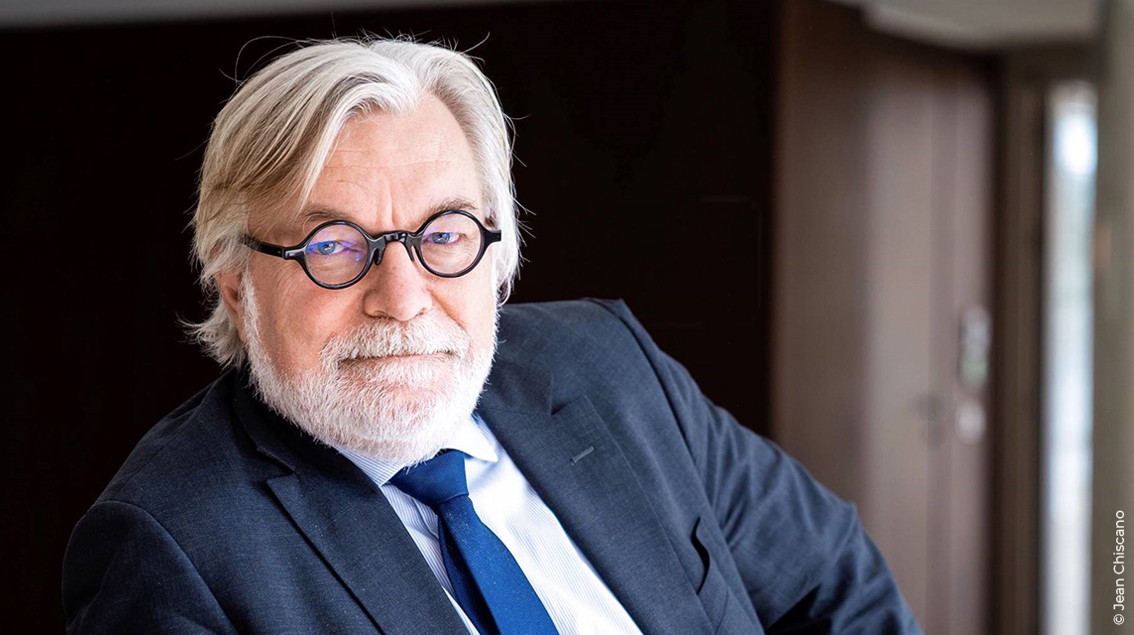A major event since Donald Trump came to the White House is the withdrawal of the American central bank from the network of central banks for the climate.
The aim of this network is to adapt monetary policy to the constraints resulting from climate change. At the same time, the strategy of central banks must make the transition to carbon neutrality more effective. The idea is that the climate is a common good on which all actors must be active. And this is not incompatible with price stability.
The Network for Greening the Financial System (NGFS) defines scenarios in which financial actors, including central banks, are stakeholders in understanding the convergence towards carbon neutrality. The Fed’s exit weakens the construction, just as the framework of the Paris Agreement has been weakened.
The exit from the NGFS was done without pressure from the White House and Powell voted to leave the network. At a conference held under the auspices of the BIS in 2021. Powell had explained that climate policy was the government’s business and that the central bank adopted behavior consistent with the policy pursued by the government. The Fed therefore joined the NGFS in 2020 after Trump left and with the arrival of Biden. He withdrew from the organization after Trump returned to Washington. This must be seen as a form of loyalty.
But it is clear that the climate process is becoming shaky. For a long time, the climate issue was a source of cooperation and coordination between countries and between institutions. The common cause seemed strong enough for all the countries of the world to sign the Paris Agreement. And even if the transformation never lived up to the hopes raised, the climate issue remained at the top of the pile of sensitive issues.
With the arrival of Trump, the file becomes more ordinary, it is not number 1 anywhere. Even within the European Commission the orientations supporting the Green Deal are being called into question.
The theme seems to have passed, while climate warnings have never been so strong. The temperature continues to rise (1.6 degrees above the pre-industrial average in 2024, beyond the Paris Agreement) and the points of no return on physical phenomena are approaching very quickly, after which it will be too late.
These issues have become secondary for many. This shift from climate to carbon growth and AI reflects a radical change in the way the world works. It illustrates a world that is no longer coordinated and cooperative with a common goal to satisfy. But it is now a world of power relations. We saw it with JD Vance’s statement in Paris at the AI Summit, there is no question of constraining innovators and the power they generate.


